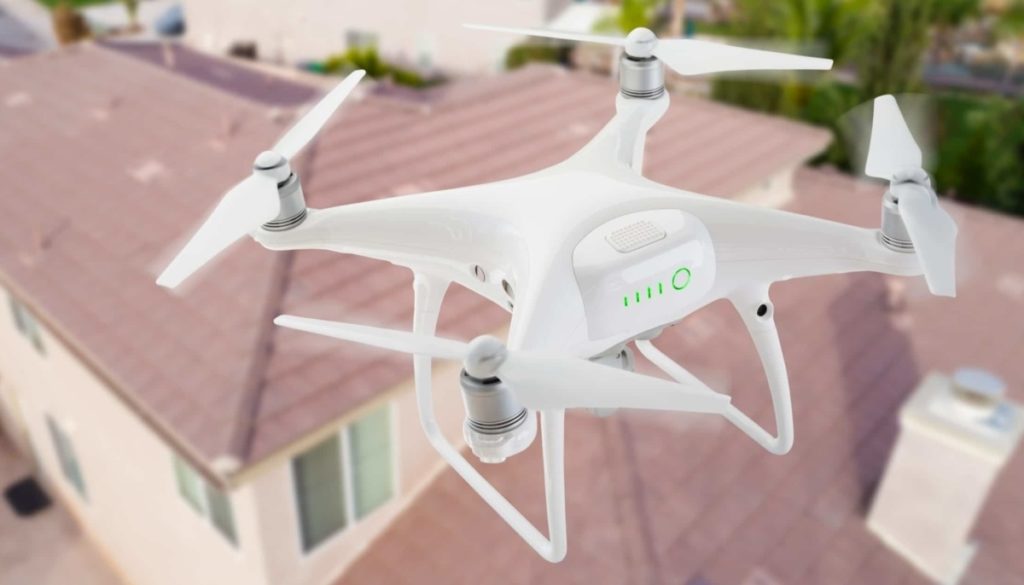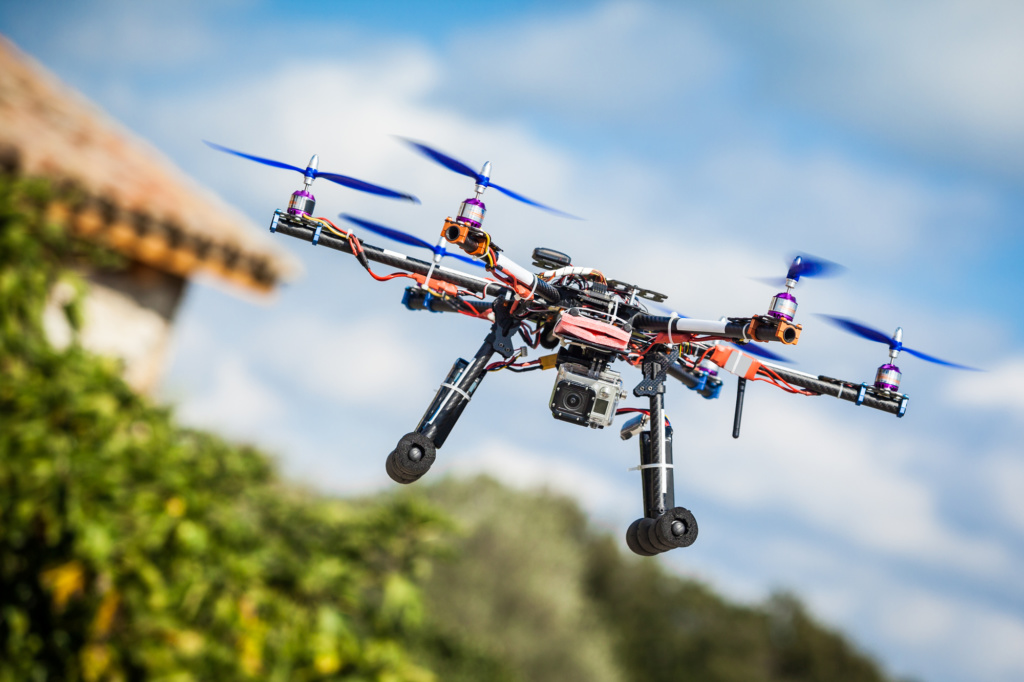How Drones Can Help With Storm Restorations
How Drones Can Help With Storm Restorations

It’s a given that homeownership can come with many challenges. And while you may be able to prepare for some of these challenges in advance, you can’t always predict the effects that weather can have on your home. From hail the size of golf balls to 60mph wind gusts — nature can always have the potential to wreak havoc.
But knowing what to do — and what resources or tools are available to you — should your home sustain damage from unexpected weather can help you prevent more issues from emerging later down the road.
Why Post-Storm Inspections, Maintenance, and Repairs Are Necessary
Unfortunately, the aftermath of a bad storm can leave damage — if not devastation — in its wake. Whether it is a blizzard in April, a summer thunderstorm, or a destructive tornado, the state of Minnesota finds itself regularly affected by severe weather systems. As such, Minnesota homeowners must be vigilant in order to protect the value of their homes. Taking quick and decisive actions like checking for damage or making timely repairs can help you minimize the extent of such damage to the exterior or interior of your house.
Common types of damage you may see after a storm can include, but are not limited to, the following:
- Broken windows or torn siding
- Cracked, bruised, or missing shingles
- Tree damage to roof structures
- Water damage or flooding
Over time, if such damage is left unexamined or in a state of disrepair, problems from exposure and leakage can weaken structural integrity, cause mold or mildew, and prove hazardous to the safety and health of you or your loved ones.
When To Do It Yourself
If you are lucky and damage to the outside of your home is minor or simply cosmetic, restoration efforts may not require urgency. In some cases, you may even be able to devise a temporary resolution until a professional can take a look at the matter. However, should you see or suspect major structural damage to an inaccessible area, such as a second story or rooftop, it is crucial to call in back-up and have it addressed immediately.
When To Call In The Experts
Of course, while most ground-level damage is easily surveyable by you, a loved one, or a friend, storm damage to your roof or the second floor of your home can require more experience and equipment to assess. Hiring an expert with the know-how and tools to inspect your roof using the traditional method is one option, but we certainly don’t recommend doing it yourself.
When To Call In The Drones
Sure, in a bid to save some money, it may be tempting to pull out your ladder and climb up onto your damaged roof yourself or seek out a handy friend who can assist you. But because the extent of structural damage is not always evident, taking such a risk could end in consequences that come with liability issues and hospital fees as steep as the angle of your roof, if not steeper.
A fall from your roof could result in major (or even fatal) injuries, such as:
- Broken or fractured bones
- Back or spinal cord injuries
- Puncture wounds or skin abrasions
- Concussions or traumatic brain injuries
Even skilled roof inspectors are not immune to the hazards of their profession. Fortunately, there is a safer alternative for all. Through the use of applying modern drone technology to roof inspections, unnecessary trips to an emergency room are avoidable, and any potential legal disputes with them.

What Sets Drones Apart From A Traditional Inspection
The common misconception about using a drone is that it can be pricier than hiring a contractor to climb up onto your roof. The idea here is that new technology must automatically come with a big price tag, but this is false. Chiefly, because the process of examing a roof via the traditional inspection method is often dangerous, time-consuming, and susceptible to human error. In contrast, drone technology is not limited by the need for expansive manpower or excessive equipment.
Using state of the art software, drones can:
- Efficiently access hard-to-reach areas
- Generate highly precise reports
- Capture and render detailed aerial images
- Provide accurate measurements
- Identify hidden weak spots
- Detect leaks with thermal imagery
- Pinpoint imperceptible structural damage
Additionally, this data is easy to compile, organize and share with your insurance provider. Saving you even more time and allowing you to shift your focus to more prominent issues.
How They Can Help You Save Money
It is also important to note that depending on the size of your property, traditional inspections can be resource-heavy and call for multiple inspectors or extensive and unsightly safety riggings to be used over hours, if not days. Set-up time, material, and labor costs can quickly add up. This doesn’t even begin to factor in the likelihood that contractors can cause further damage while walking around on your roof during inspections, leading to more costly repairs.
Compared to the traditional inspection method, drones provide homeowners with non-intrusive inspections, fast results, increased efficiency, and a safer solution that ultimately saves on cost.
Why Industry Professionals Recommend Them
Due to their versatility and cost-effectiveness, drones can be used for more than just post-storm restoration measures. Minnesota homeowners who seek to keep up with roof maintenance for routine wear and tear can also take advantage of a drone inspection.
And with the numerous benefits and convenience that drones can offer, many industry professionals are gravitating to this method over traditional inspections as well. Not only do the drones allow contractors to provide premium service to clients at an affordable rate, but they can also reduce the chance of an employee sustaining injuries that could have been prevented.
An Investment In Drone Inspection Is An Investment In Your Pocket
Your home is a long-term financial investment, but protecting this investment from the effects of the elements doesn’t have to take a king’s ransom. Instead, by taking advantage of drone tech for your storm restoration needs, you can benefit yourself and your wallet — allowing you to save the difference for another rainy day.